With the number of people on Earth rising, there is an increased amount of waste being generated. So, conservation is becoming more important to promote a sustainable society.
Many countries globally have adopted recycling policies for better waste management.
Korea is one of the fastest-growing countries, with the majority of the population living in Seoul. Because of this growing society, the Seoul government has placed policies to promote recycling.
If you are new to Seoul, we hope this guide helps to throw away your trash like a local.
Importance and History of Recycling
Seoul is a large metropolitan city and is constantly growing. Before recycling (재활용품) policies were in place, all the waste in Seoul would go to a landfill, or be incinerated.
Below is a schematic of how house-hold waste, including recyclable products, would go to waste plants and get incinerated.
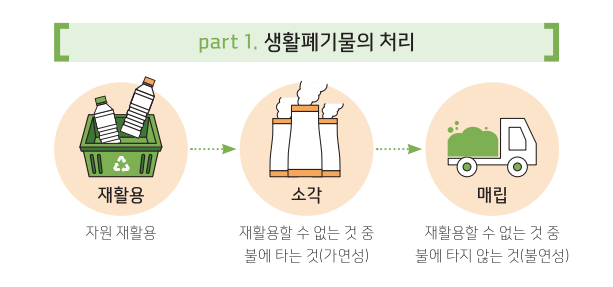
However this method of waste disposal is actually pretty harmful to the environment, therefore we needed better solutions for waste management.
These recycling policies are relatively new in Korea, they began gaining more traction during the 1990s. Many of these policies were driven by Korea's Ministry of the Environment.
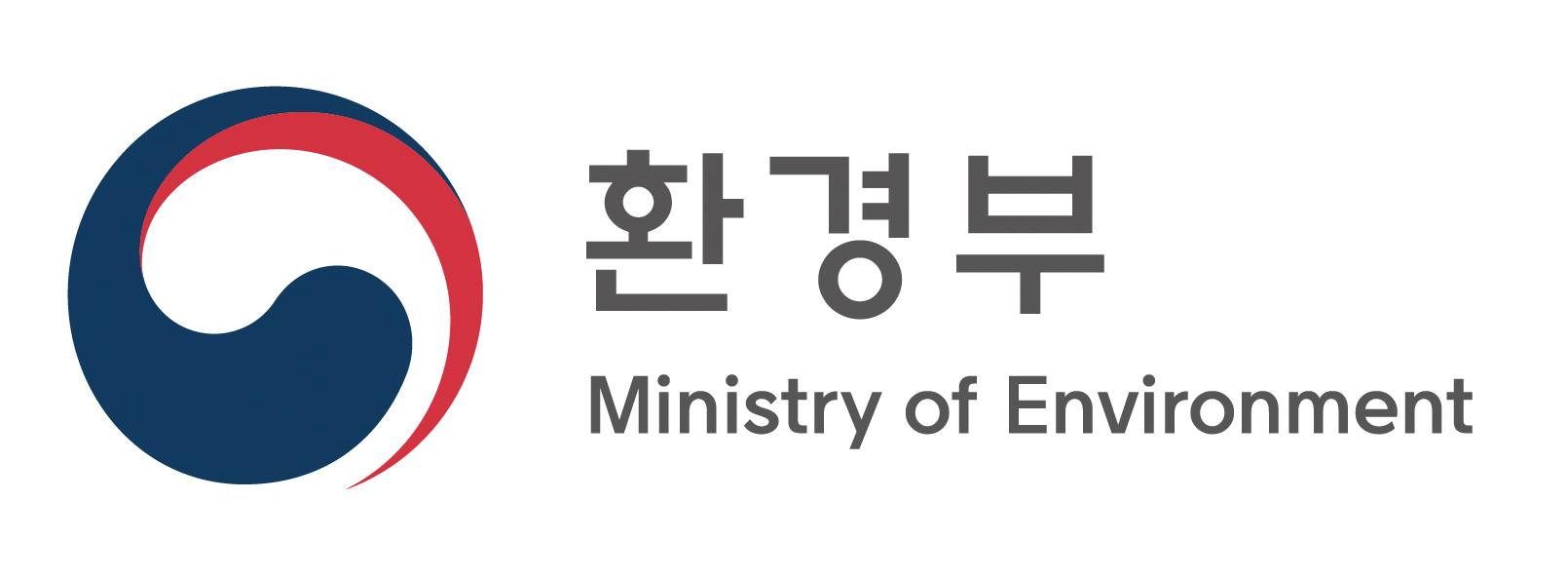
One solution to better waste management was the Volume-Based Waste Fee (VBWF) system enabled in 1995, this made consumers accountable by making them pay for the waste they generate.
The main premise of this policy was that people would have to purchase designated trash bags for a specific type of waste (we will go more into the details later).
More strict waste disposal and recycling policies were initially not well received by the public since many of the guidelines were vague and ambiguous.
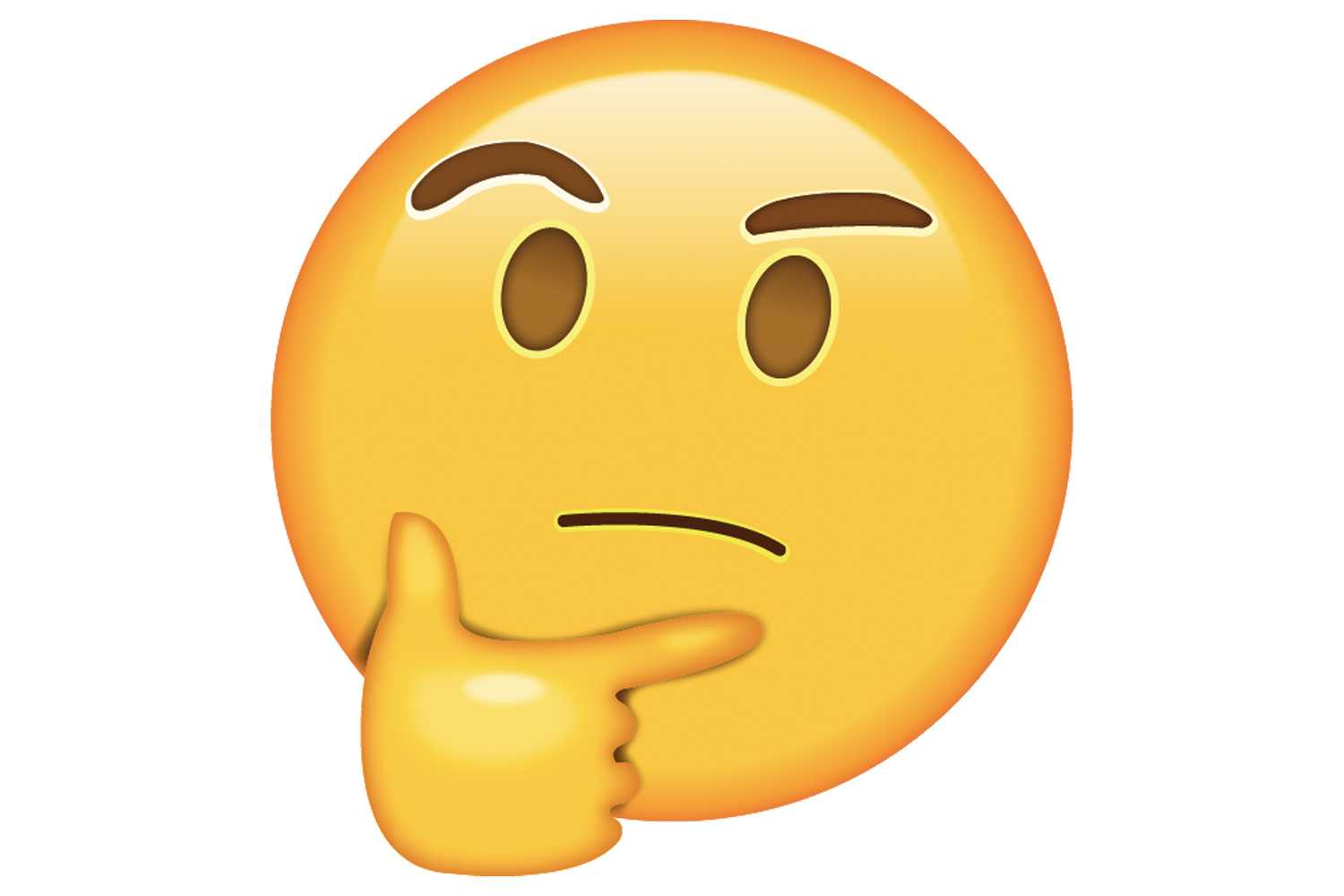
But now Koreans have adapted well to these policies, so much so it is now just a part of daily life habits, it can also be seen as a perk of living in Korea since we are taking the steps towards environmental benefits.
Now all waste including recyclables get sorted and goes to recycling plants, while food waste goes to fertilizers or animal feed.
The schematic below shows the breakdown of how much of a certain type of waste has been produced as of 2018 in Seoul. There were 3,033 tons per day of regular trash, 3,641 tons per day of recyclables, and 2,810 tons per day of food waste.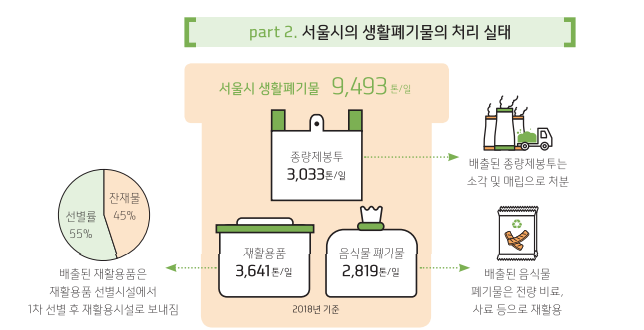
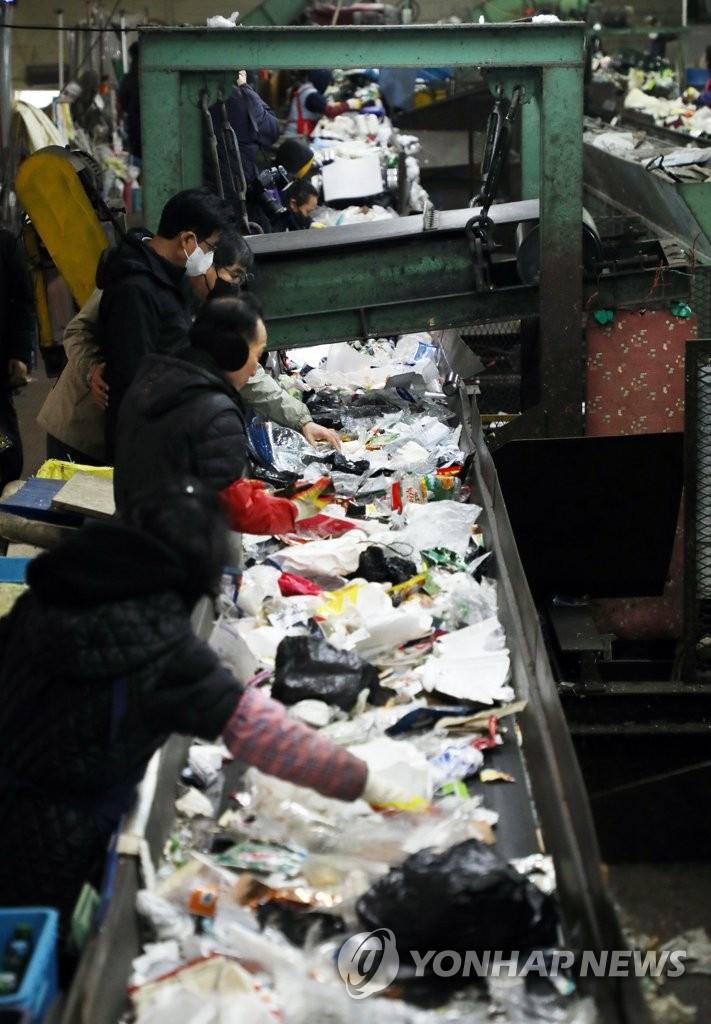 Source: Yonhap NewsWhile many of these policies help reduce the environmental burden, there are still issues today.
Source: Yonhap NewsWhile many of these policies help reduce the environmental burden, there are still issues today.
The biggest issue that the city of Seoul faces is that people don't rinse their recycled material. When a product has remaining residue (e.g food), it cannot be recycled.
So in order to increase the recycling rate, products need to be properly cleaned prior to disposing.
Increasing the recycling rate helps prevent wasting resources.
Waste Disposal
As part of the VBWF system, there are specialized trash bags for the type of waste. The general categories are food waste (음식물 쓰레기), recyclables (재활용품), non-recyclables/regular (일반 쓰레기), and large items.
Every household in Korea puts garbage in specialized bags when disposing of it. If you put your garbage in any regular black plastic bag you have at home, you will be fined and you may not be able to have your garbage collected.
This system is designed to solve the garbage problem in Korea. By having citizens pay for the amount of waste they dispose of, we can minimize waste and encourage the use of recyclables. If you dispose of your garbage using these designated bags, you do not need to pay extra for garbage disposal in addition to the cost of the bags.
However, foreigners who are not familiar with this bag system may be confused at first. So, in order to get used to this system, let's start by looking at what the specialized trash bags look like.
Trash bags are specific to each district, so you are unable to use another district's garbage bag. For example, if you live in Gangnam-gu, you cannot use a trash bag from Jongno-gu.
You can purchase these trash bags at local grocery store, mart, or convenience store. Prices vary by region, size, and whether you use cash or card to purchase.
Generally, one regular trash bag (20 liters) is 480KRW. Food waste bags are smaller (3 liters) and are about 300 KRW.
The color of the trash bags vary by region. Pictured below is of a regular trash bag (일반 쓰레기) for Seocho-gu.
Pictured below is of a regular trash bag (일반 쓰레기) for Seocho-gu. Regular trash bags are normally this white color.

Pictured below is of a food waste bags (음식물 쓰레기), also for Seocho-gu. Food waste bags also vary in color by region. Some are blue, like Seocho-gu, but others are yellow and pink, so we recommend checking the type of bags that are used in your area!

Also, there are specific areas designated for trash disposal in residential buildings (apartments, office-tels, etc). Note, there may be specific days where you can dispose of certain items so be sure to check your building's policies.
At apartments, there is a set day for recycling collection once a week. For general garbage or food waste, if you put it in the apartment's common garbage dump, a garbage truck will come and collect it on specific days. However, other types of housing buildings may not have fixed days.
Therefore, if you live in Korea or come to your accommodation, it is best to ask directly about the garbage disposal method, location, and schedule.
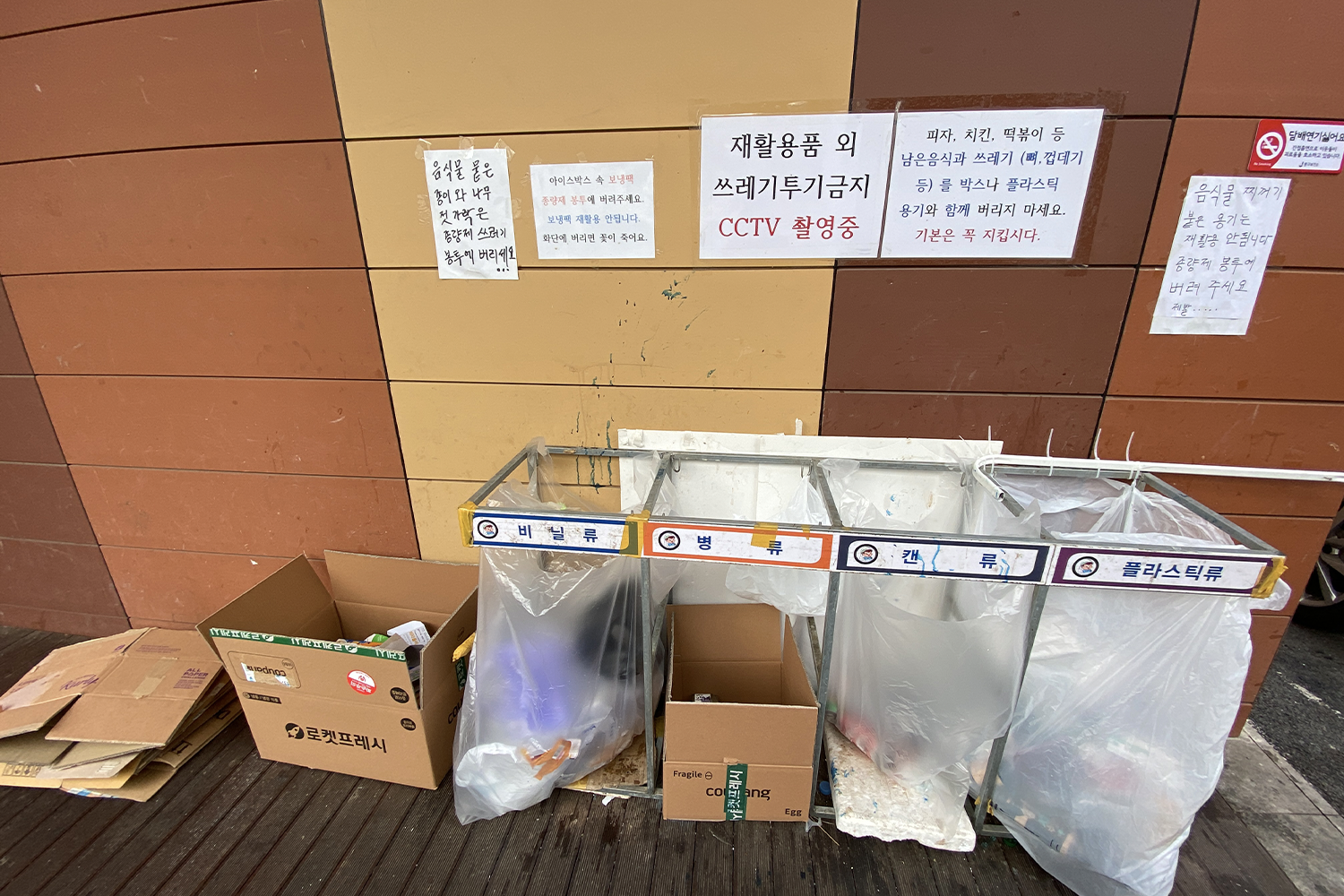
For large items that cannot be easily disposed, you can contact your district office (구청) to schedule a pickup for a fee.
Citizen Responsibilities
Not only are people responsible for sorting into the aforementioned categories, but there are also specific categories of recyclables. We will go over those categories below.
Regardless of category and type of recyclable, a general rule of thumb of the steps you should take are; Empty/ Use -> Rinse & remove any labels, stickers, etc -> Dry -> Flatten (reduce volume) -> Sort -> Dispose into proper designated place.

Paper (종이류)
As a general rule, paper products that are food-stained cannot be recycled. Those will go into just regular trash.
For newspapers make sure they are dry and flat. Also be sure to separate out advertisement flyers or any plastic that may be tucked within the pages, as those may need to be disposed into a separate category.
Remove all covers on books and notebooks. For spiral notebooks, remove vinyl covers and spiral spine. Dispose into proper categories.
Make sure all paper cups are empty and rinsed with clean water, flattened, then dispose. Note any with food residue has to be tossed in regular waste.
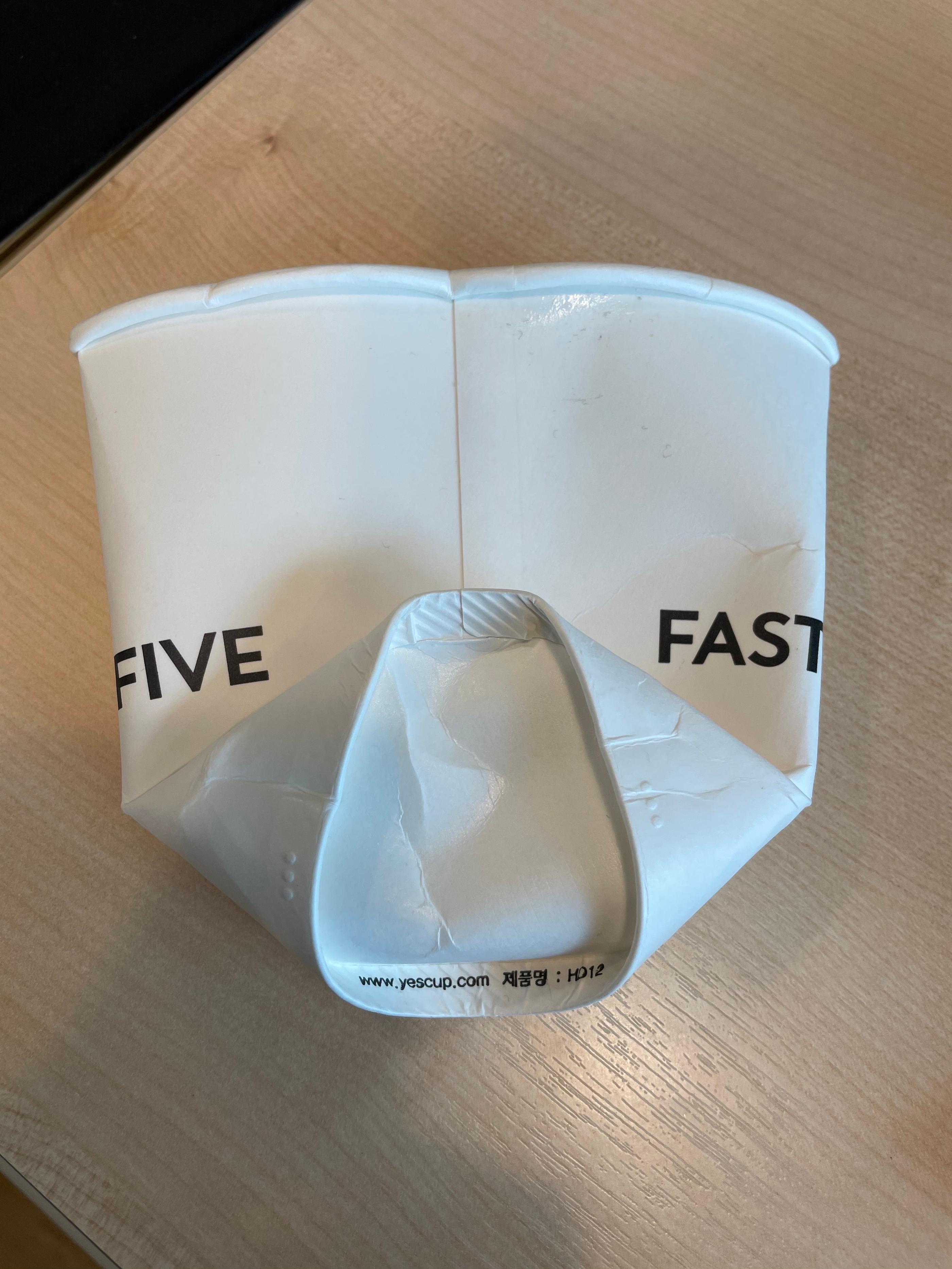
As for boxes and cardboard, be sure to remove any tape, stickers, and/or labels. Make sure they are flat and dry, then stack them, tie them together, and dispose in the proper area.
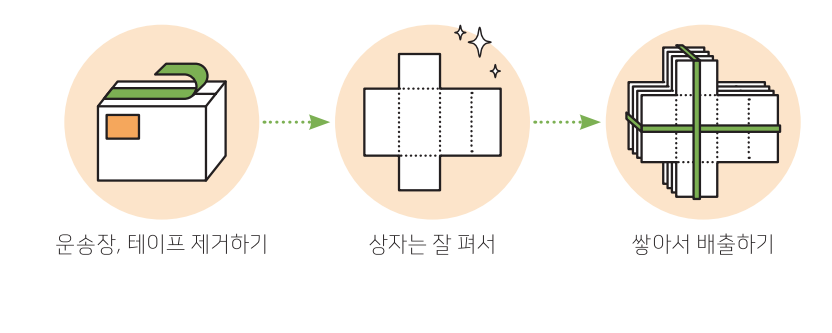
Cartons (종이팩)
This category consists of milk cartons, paper towel rolls, toilet paper rolls and tissue boxes.

Same rule of thumb, make sure they are all clean and any material that isn't paper-like is removed (e.g any plastics).
Make sure everything is nice a flat, stack, and tie them up to dispose.

Plastic Containers (플라스틱 용기류)
There are multiple types of plastic so we will introduce them all separately.
First are plastic containers. This can be plastic drink containers, and/or detergent bottles.
These containers are usually colored (there is a separate category for clear bottles).
Same principle of "Empty -> Rinse -> Dispose" holds true. But if there are any labels and/or stickers made of a different material than the container, be sure to remove them before disposing.

If it is impossible to rinse the inside (e.g toothpaste tubes), just throw it away in regular trash.
This category does NOT include anything else that has not been mentioned like toys, stationery (pens), hangers, toothbrushes, telephones, strollers, etc.
Vinyls (비닐류)
Vinyl is another type of plastic.
This category mainly refers to wraps that are used as productive covers, saran wrap, and plastic bags.
You can recycle them by making sure they are clean prior to disposing.

There are some items that can be considered as part of this category, but actually cannot be recycled, they are rubber gloves, mats, anything food-stained, and/or table covers.
Clear PET bottles (투명페트병)
Clear PET (polyethylene terephthalate) bottles are a fancy term for the typical clear plastic water bottle. This is a separate category because these types of bottles are easier to recycle and the material is of higher quality.
These bottles are made into clothes, shoes, bags and/or cotton balls.
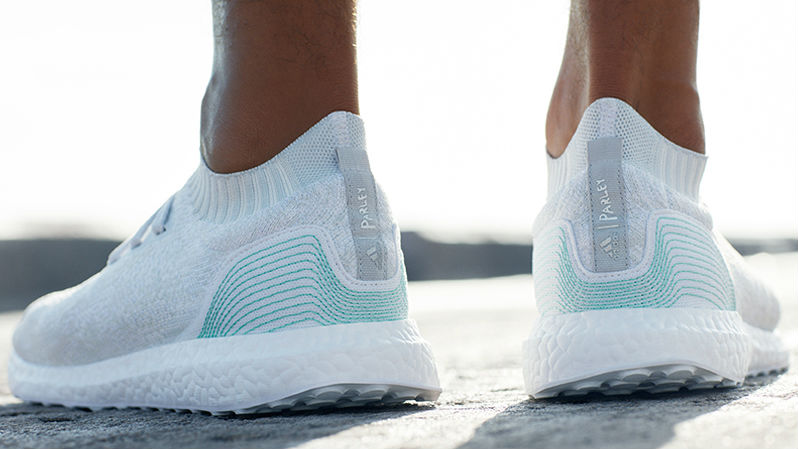
The way to dispose of them is straightforward. Once they are empty, make sure they are clean. Also if the labels are made of a different type of plastic, be sure to remove them before disposing.
Separating plastic labels helps increase the recycling rate of these bottles.
To flatten these bottles, open the cap and squeeze all the air out. Then screw the cap back on to make sure the bottle says flat.

The image above shows a flattened water bottle, but to properly dispose it we would need to remove the label and screw the cap back on.
Note, depending on where you live, there may be policies regulating the days you can dispose of plastic bottles, so be sure to check with your building's policies.
White Styrofoam (흰색 스티로폼류)

This category also includes bubble wrap or any fillers used to protect items in boxes. These materials are often made into felt, frame, moulding, and/or concrete.
Same general rule of thumb, Empty-> Rinse -> Remove labels and/or sticker -> Dispose in designated area.
For any pieces of styrofoam used to protect electronic products (e.g. computers, TVs, kitchen appliances, etc), you can usually bring them to the store where you bought it and they will recycle them for you.
Items that are not able to be recycled include colored styrofoam and construction-use styrofoam.
Glass Bottles (유리병)
Glass bottles are often reused. There are two types of glass bottles, one is bottles that can be brought back to the store for deposit refund, and the other is just EPR (Extended Producer Responsibility) bottles.
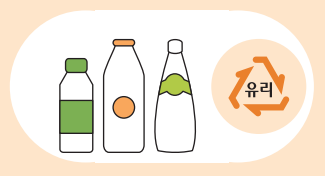
EPR glass bottles are marked (shown above) and you can just recycle these types of bottles at home.
Then there are glass bottles part of the empty bottle deposit system.
Drinks in glass bottles that are part of this system have a deposit (can be refunded) included in the price. Usually, this deposit ranges from 100-130KRW. If you bring those bottles back to the store you bought them, you can get this money back.
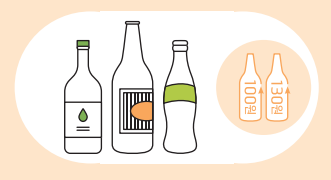
Like the EPR glass bottles, the part of the bottle of the empty bottle deposit system will be indicated so. This monetary reward was enabled to promote proper glass recycling by consumers.
Regardless of bottle type, the process is the same. Make sure the bottles are intact (broken glass cannot be recycled), clean, and all labels/stickers are removed.
Do not put cigarette butts in the bottles. otherwise, they cannot be recycled.
For any broken glass, wrap them in newspaper and throw them away in regular trash.
Colored glass products, crystals, light bulbs, vases, and china/kitchenware also cannot be recycled.
Below is a schematic of the life cycle of a glass bottle in Seoul.
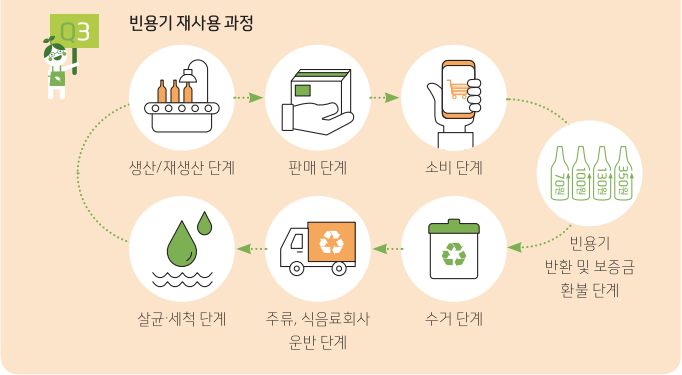
Metals (금속캔 및 고철류)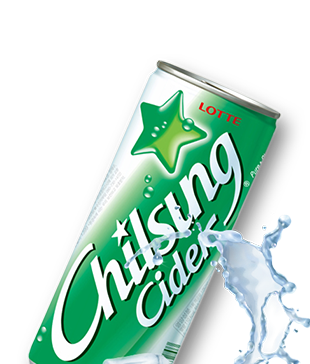
This category includes drink cans, food cans, nails. metal cords, pure aluminum, etc. These materials are recycled into other cans and rebars.
The same process, once you are done with the product, make sure the item is clean before disposing. In other words, remove any plastics or labels and/or stickers that are not made of metal.
Note, any can with cigarette butts inside cannot be recycled. Also, aluminum foil cannot be recycled.
Butane cans (used for portable gas burners), and aerosol cans can be recycled only when empty. Make sure to pierce a hole in the can before disposing.
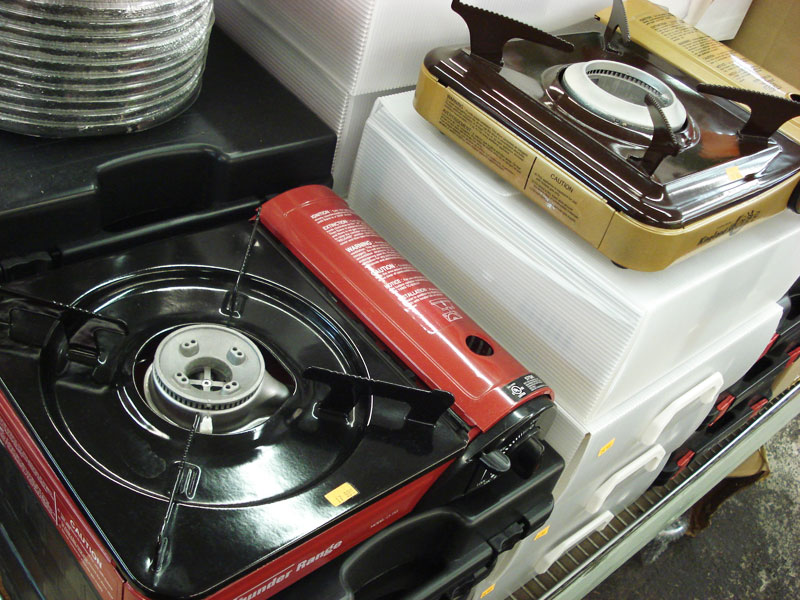
However, if there is gas left over, then there are designated bags to use. For this, you can contact your district office.
Electronics (폐전자제품)
If you are replacing an electronic device, you can ask the store to recycle your old product. For example, if you get a new Macbook, you can ask the Apple store employee to recycle your old Macbook.
Otherwise, there are collection sites for e-waste, your district office can inform you of those places.
For large electronics that are difficult to dispose of (refrigerators, TV, etc), you can, again, contact your district office (구청) to schedule a pickup for a fee.
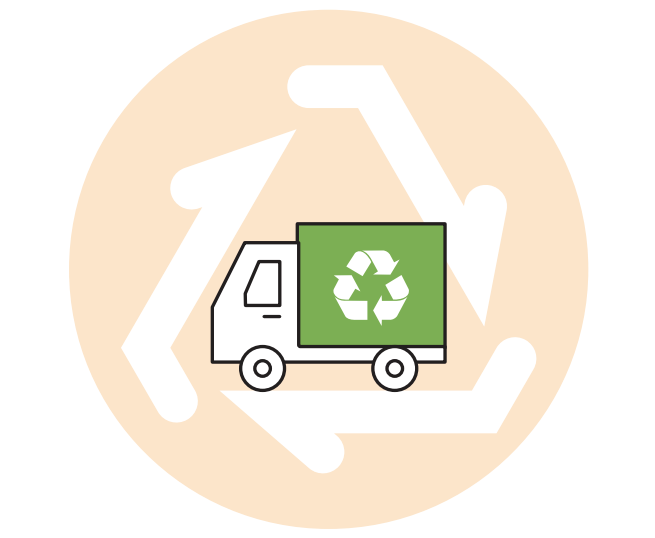
Miscellaneous and Other Notes
There are many other items not mentioned in the above categories. We will detail those here.
Batteries: There are designated locations for batteries, often at convenience stores (especially for cellphone batteries).
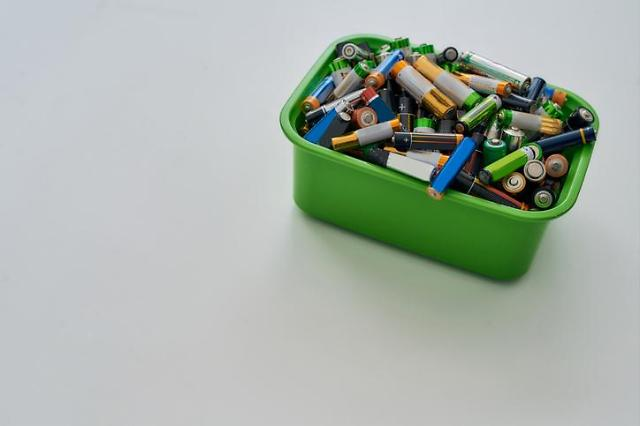
Clothing/Fabrics: Often, there are designated bins for clothing and fabrics. The types of items that can be recycled as "normal" include clothes, bags, shoes, curtains, and rugs.
Non-recyclable items, with separate designated bags, include anything wheeled (roller skates, suitcases), pillows, and/or towels.
Oils: Cooking oil when cooled tends to congeal. This can cause issues with plumbing if you dispose of oil down the sink. So instead, collect it in a can or jar, and throw it away in regular trash.
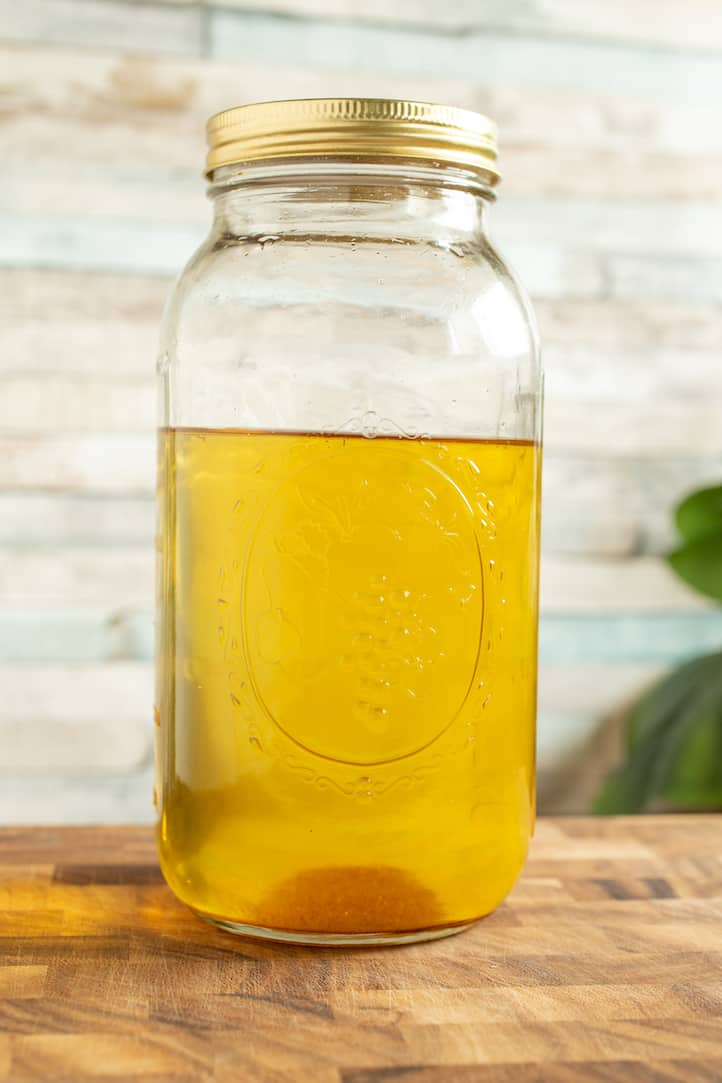
Light Bulbs: Broken bulbs or LED cannot be recycled, so you can wrap them in paper and throw them away as regular trash.
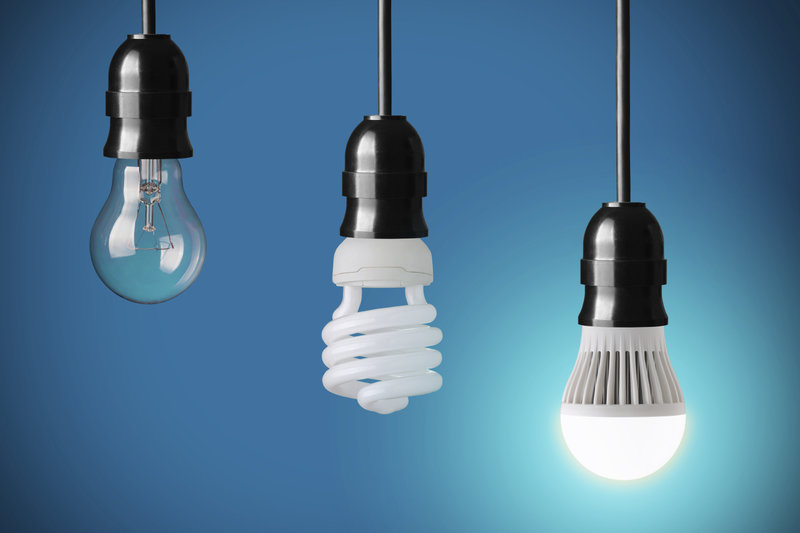
As for intact light bulbs they have a designated place for recycling.
Fruit mesh/netting: The netting mesh used to hold fruits (tangerines) or vegetables (onions) can be recycled as plastic, but if you are feeling uncertain, then it can go into regular trash.

Ice packs: If you have easy access to a designated spot, then dispose of ice packs there. If not they can be tossed as regular trash.
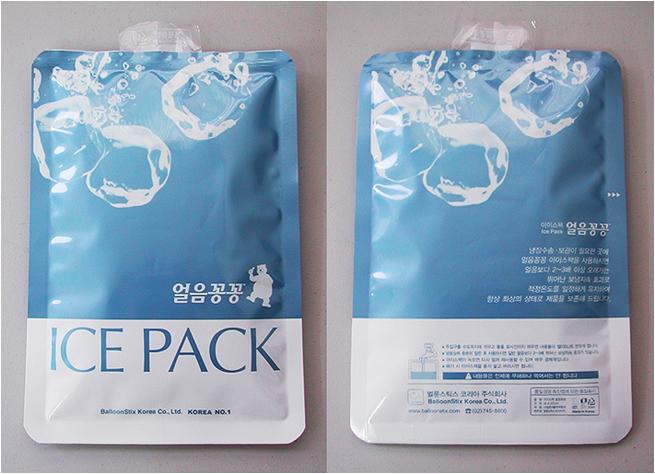
So to reiterate, anything not listed in the above recyclable categories can be thrown away as regular trash.
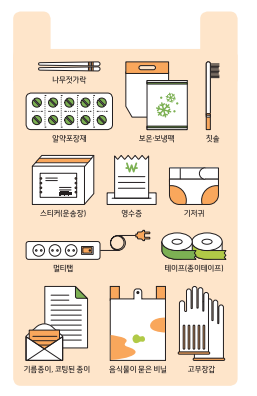
Examples of items that go in regular trash include wood chopsticks, toothbrushes, diapers, receipts, stickers, medicine capsule wrappers, tape, power strips, coated paper, food-stained items, rubber/latex gloves
For some items, there are designated PP (polypropylene) bags. These items include toys, rubber hoses, plastic rope, mirror, china (dishes), tile, bags, wallpaper, blankets, mats, and balls.
It is okay for small quantities of the above items to go into regular trash, but with large quantities, you may want to contact your district office for PP bags.
Public Responsibility
There are plans and policies in place to reduce single-use plastics in Seoul.
For example, most stores charge ₩100 for bags, therefore encouraging buyers to bring their own bags when they shop.
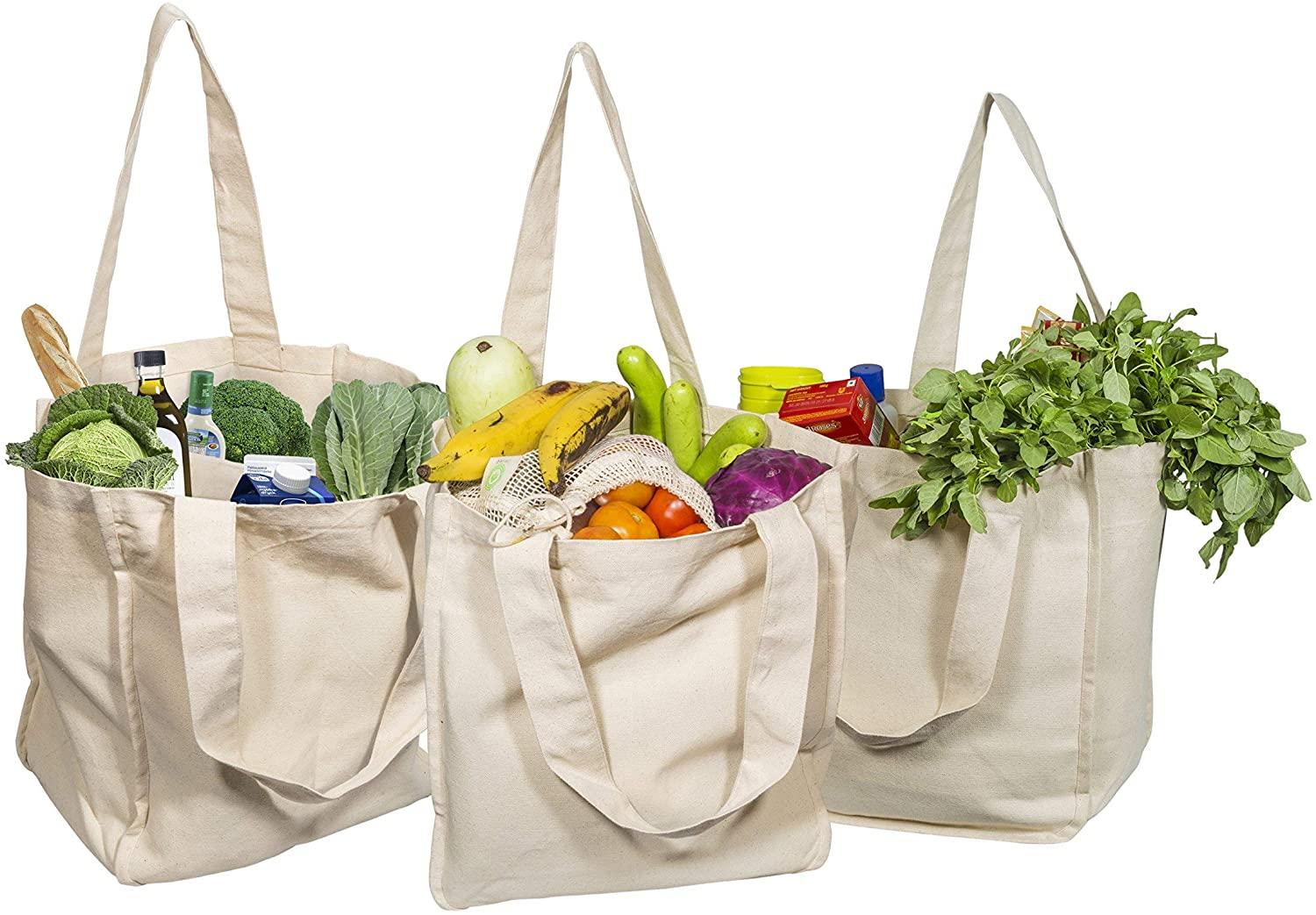
Some McDonald's locations in Seoul do not serve plastic straws.
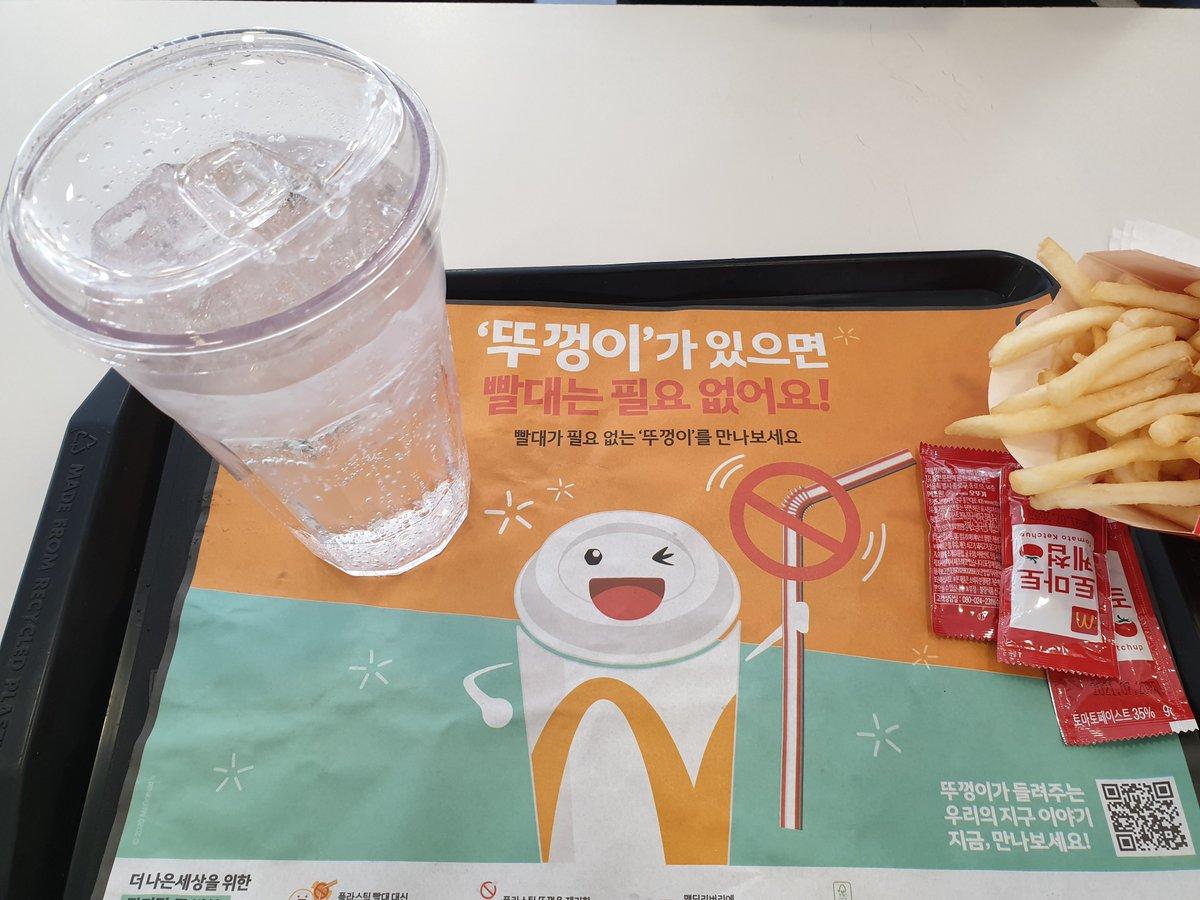
Starbucks in Seoul has paper straws for cold drinks.
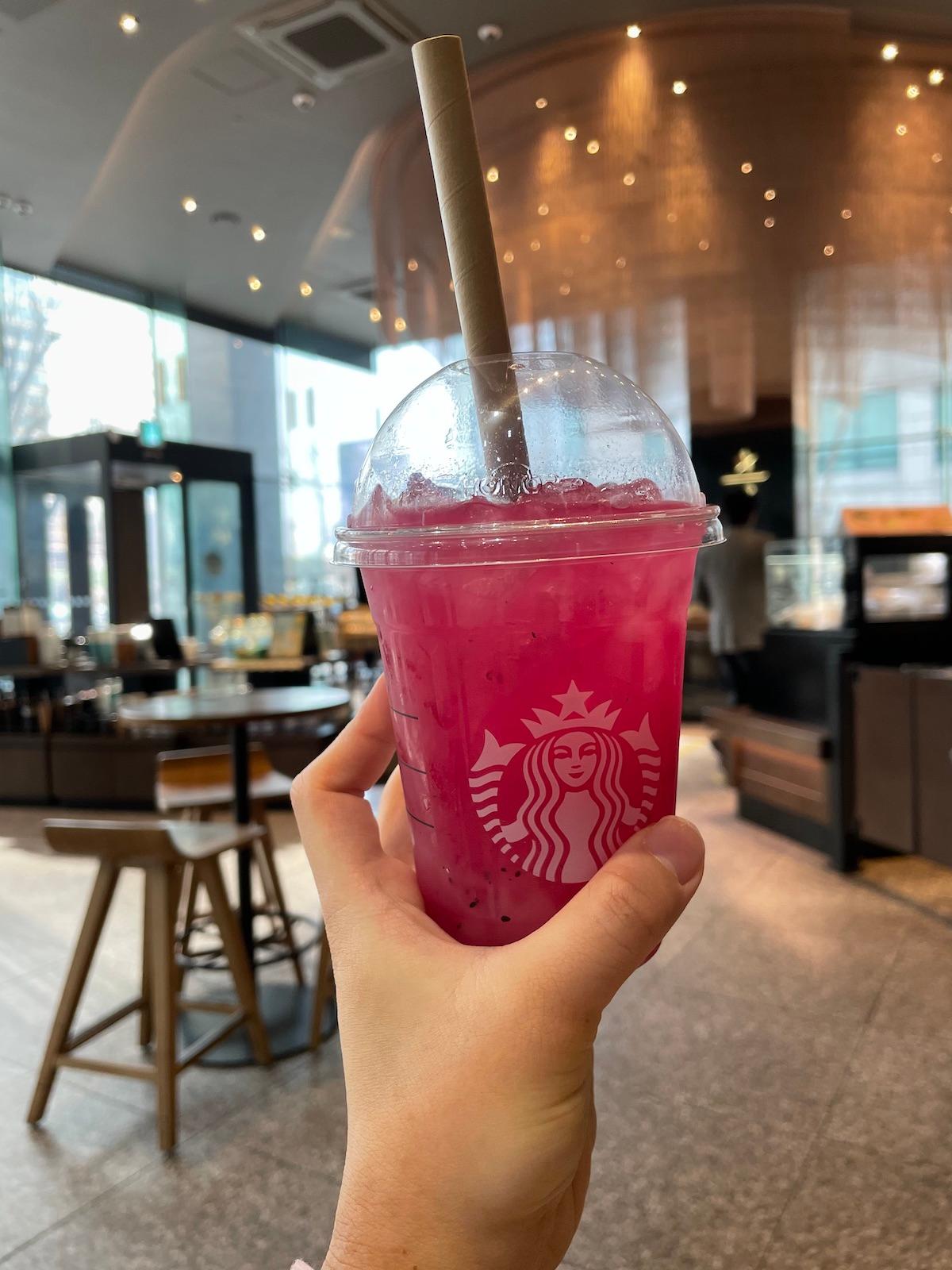
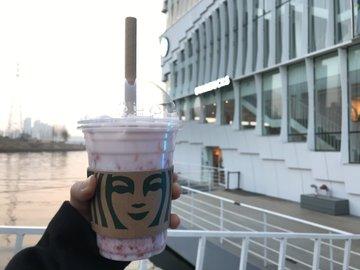
There are also designated trash cans for recyclable products in public spaces.
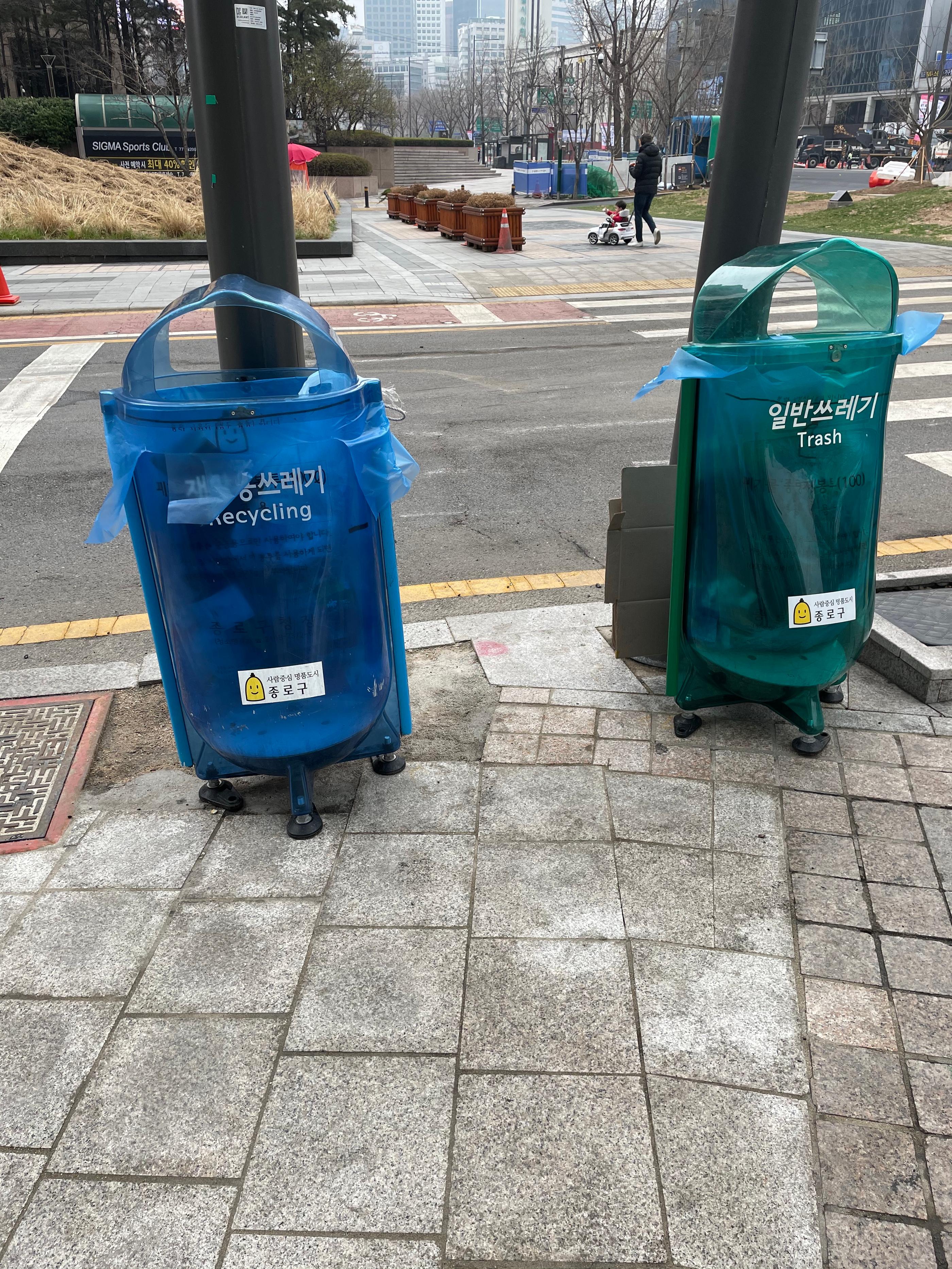
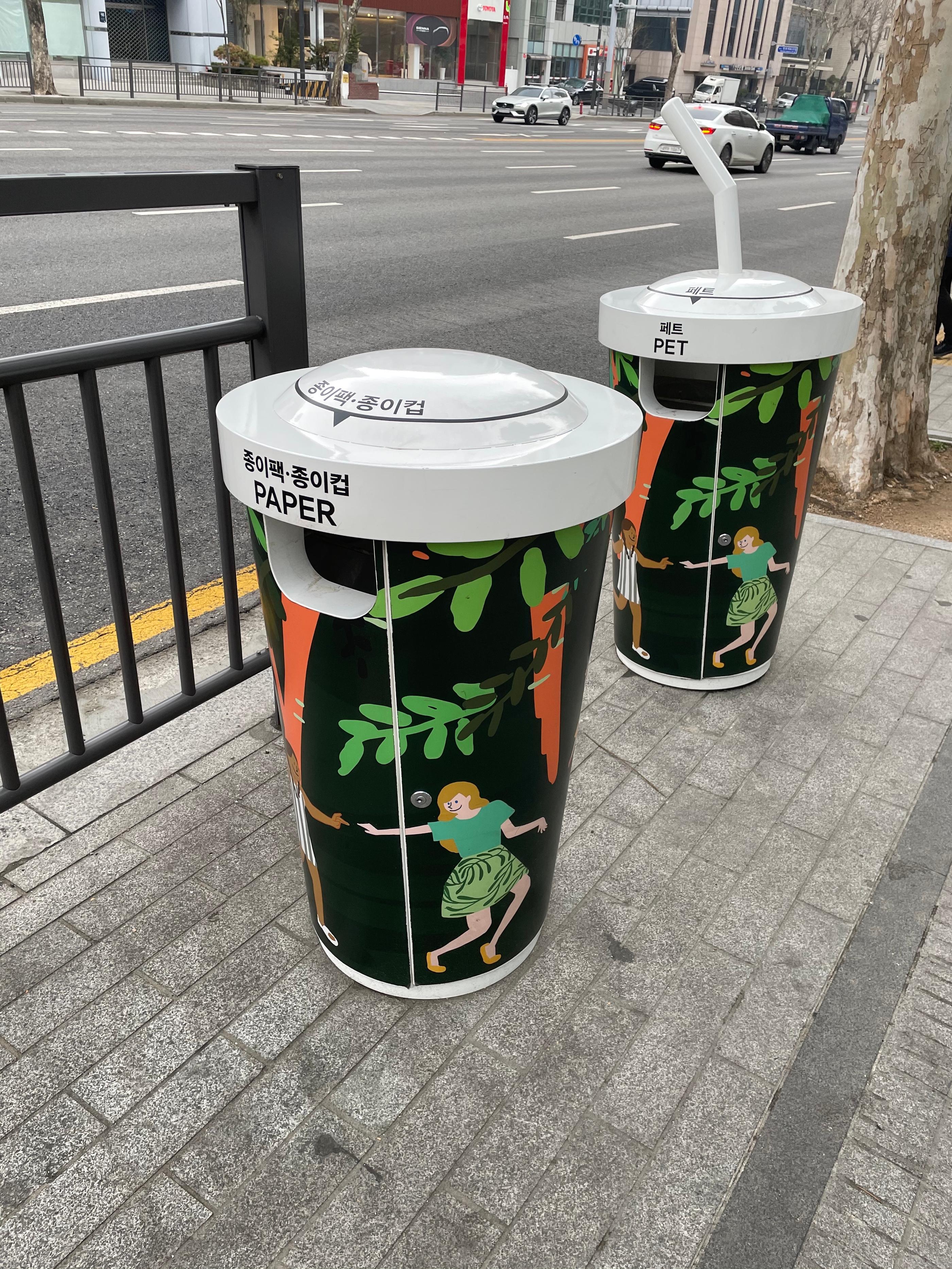
Note in the above photo you may see the label PET, this does not mean pet waste, but clear PET bottles earlier in this blog.

Where Are The Trash Cans?
Many facilities in Seoul, such as cafes, subway stations, and public toilets, are well equipped with trash cans, making it easy to dispose of garbage. However, there are many people who find it difficult to throw away unnecessary flyers, coffee cups, and toilet paper while walking on the street because there are no trash cans.
This is a point that many Koreans agree with. An extreme example is the chaos that ensued when a law was passed in 2018 that prohibits carrying drinks in a bus. Passengers who tried to get on the bus after getting coffee or drinks to go were denied boarding the bus and had to throw away their drinks in a hurry.
However, there are times when people have to leave their drinks at the bus stop because there are no proper trash cans at the bus stop. Now that trash cans can be found at many bus stops, the problem has improved a lot, but the lack of trash cans still causes a lot of inconvenience.
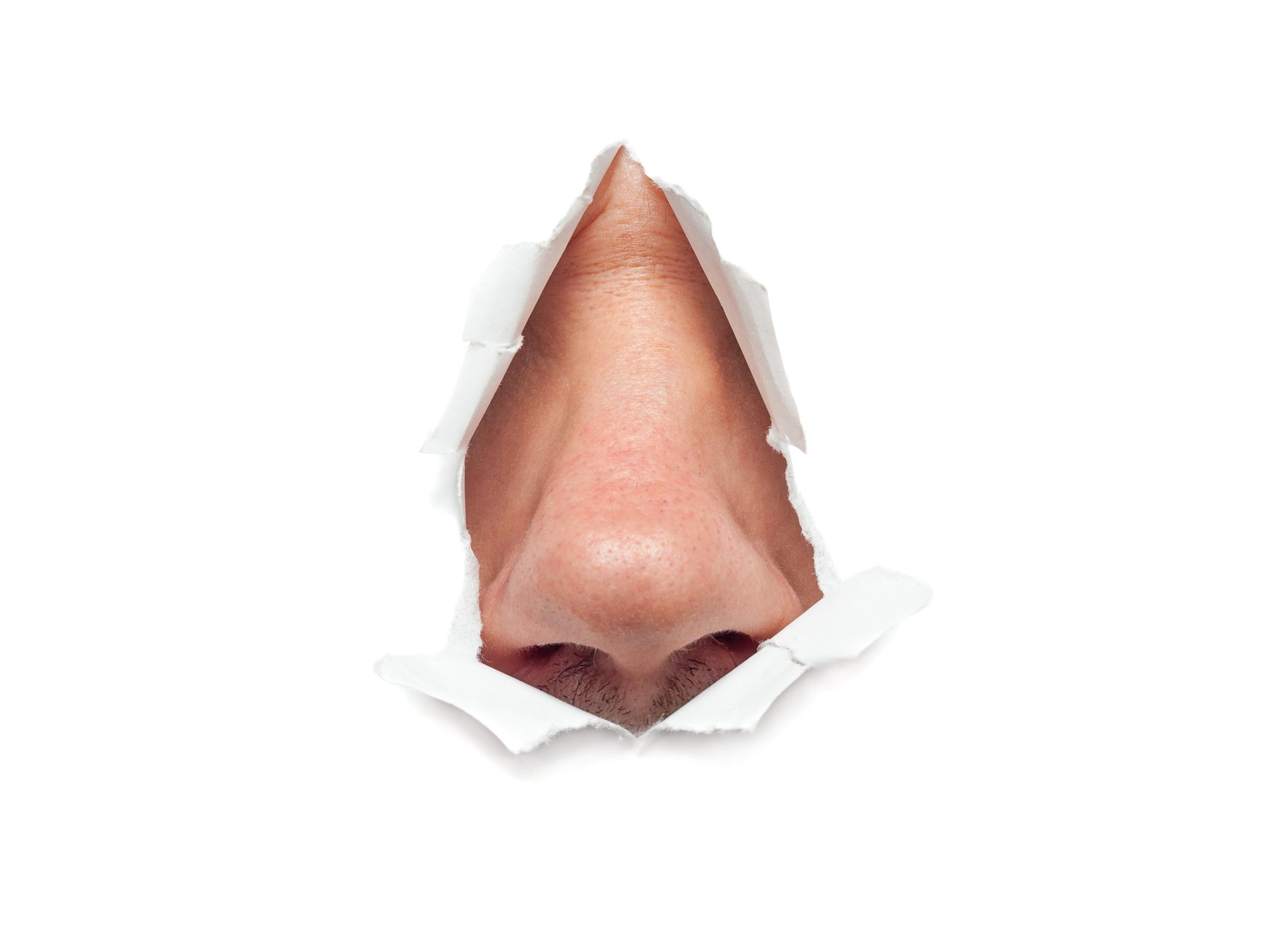
There are several reasons why it is not easy to find trash cans on the street. At night, huge crowds flock to downtown areas such as Hongdae and Yeongdeungpo.
As more and more people throw away the various kinds of garbage that are created at this time without properly sorting them, the problem of odor and waste disposal costs has become serious.
In addition, as the number of irresponsible citizens who dispose of household waste recklessly in trash cans in public places increased, local governments are less willing to install trash cans.
In order to solve the increasingly serious problem of incorrect trash disposal, it is important to increase the number of garbage cans, but it is also important for those who throw away garbage to follow good etiquette.
Fines For Incorrect Trash Disposal
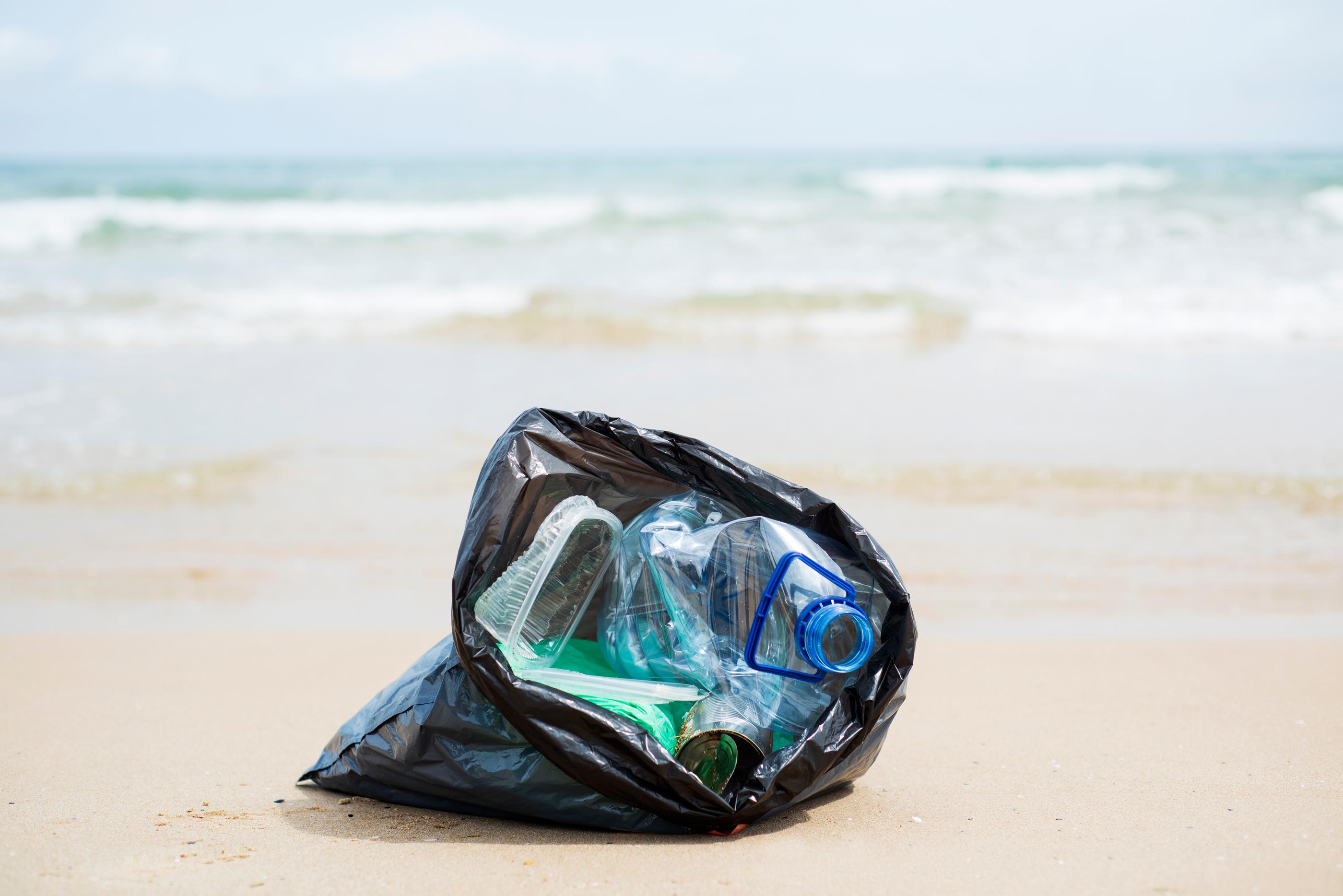
The fines for illegal disposal may vary slightly from region to region, but in general, they are as follows:
Throwing cigarette butts, tissues, etc. on the street recklessly - 50,000 won (approx. 40 USD)
Disposing of garbage from the house (household-generated garbage) in public trash can - 100,000 won (approx. 85 USD)
Not using the correct trash bags and throwing it away in a general plastic bag or cloth - 200,000 won (approx. 170 USD)
Yes, fines for illegal dumping of garbage are high in Korea. In particular, it may be difficult for foreigners who do not know the location of the trash can or do not know about the specialized garbage bag system.
However, as explained above, the specific garbage bags can be easily and cheaply purchased at marts and convenience stores, so don't forget to use them!
Resources
If you would like to learn more about recycling or just general environment policies in Seoul, check out the following websites.
SUSA (Seoul Urban Solutions Agency)
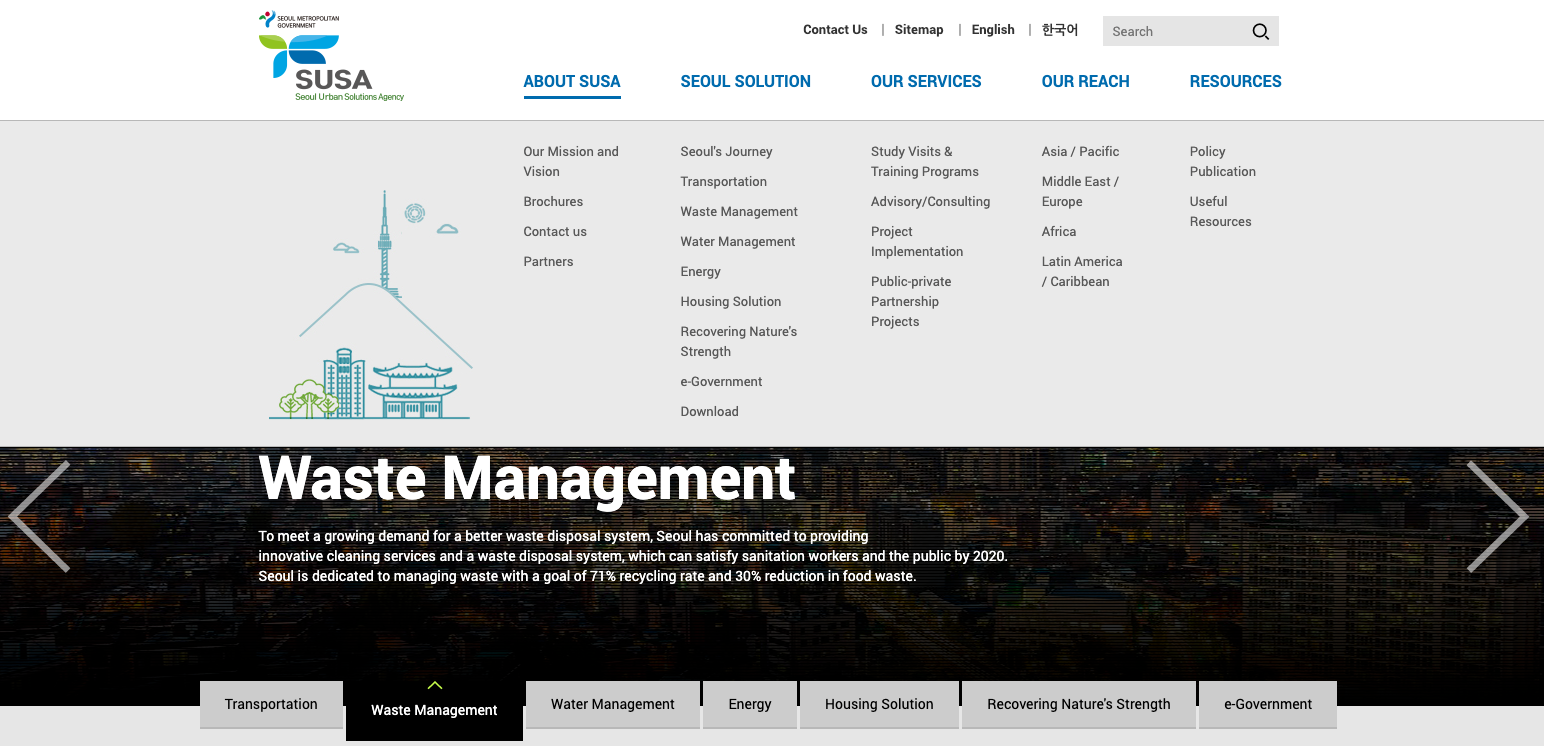
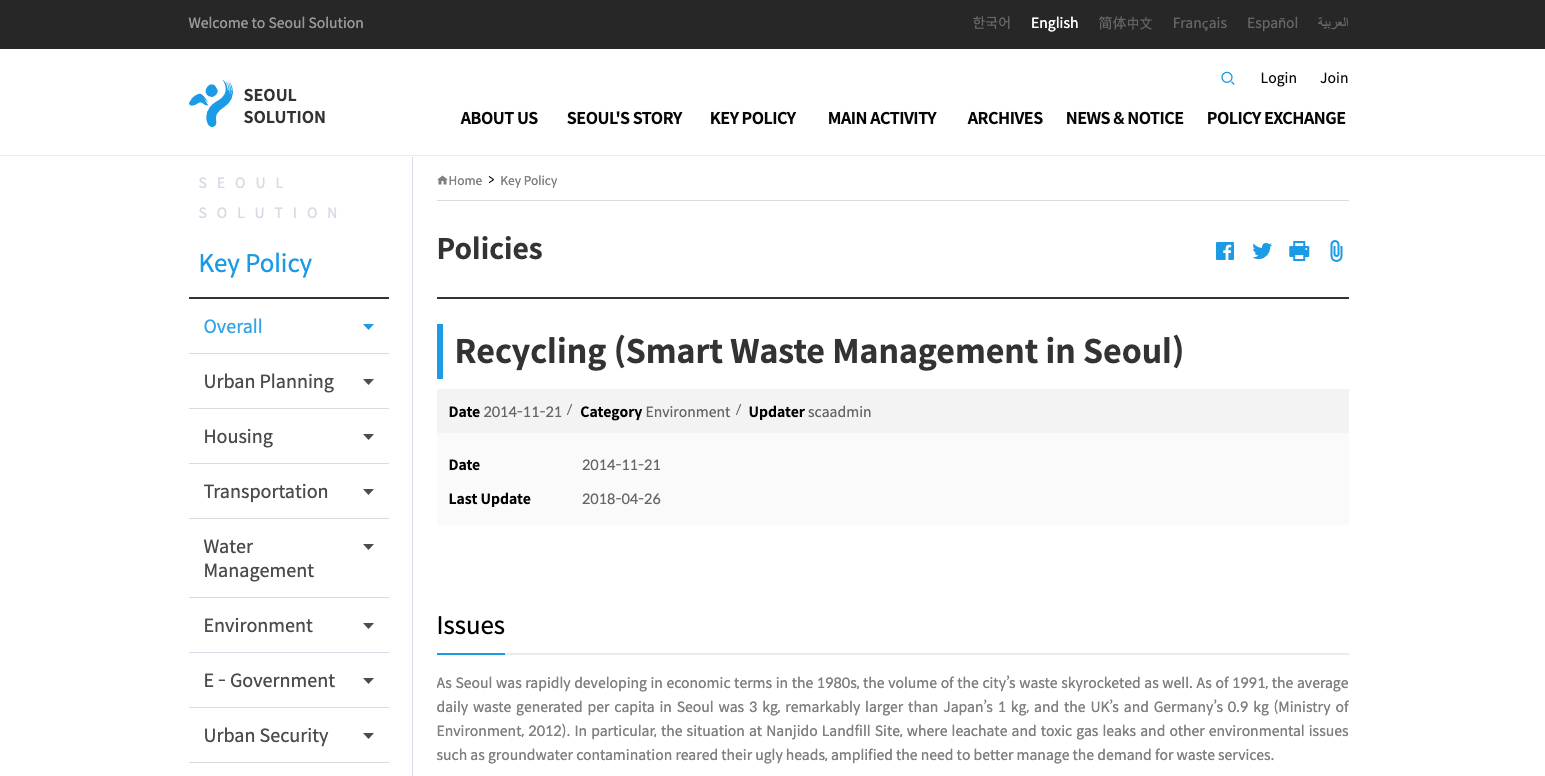
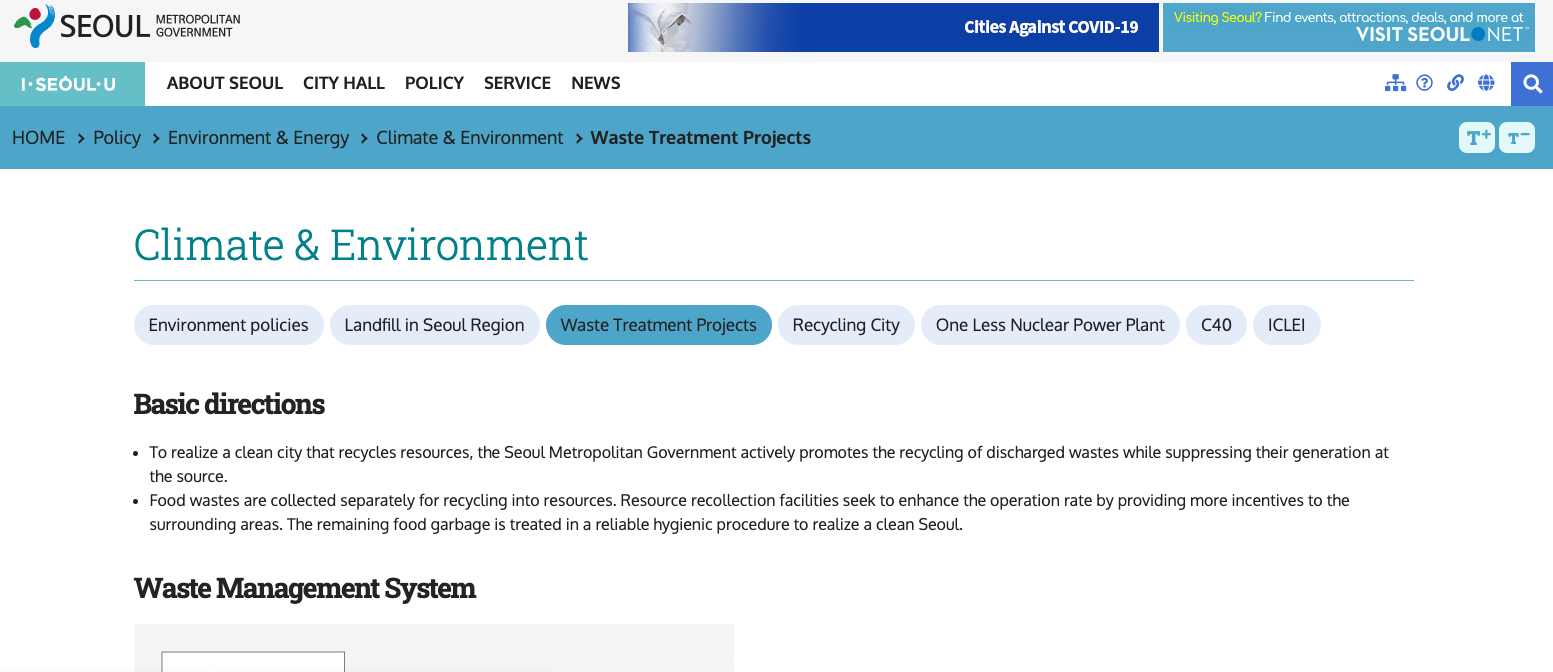
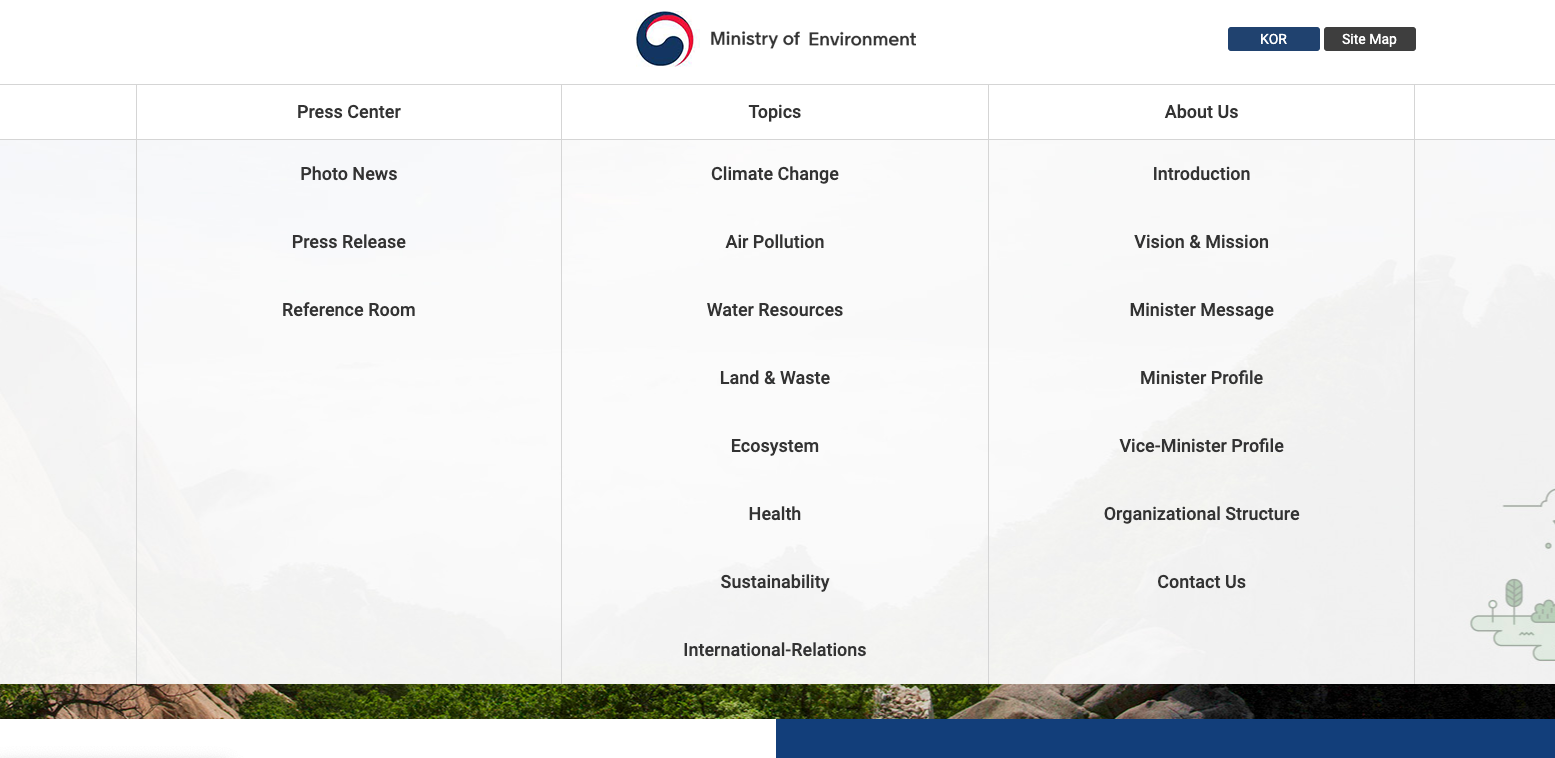
Thank you so much for reading and we hope you found this blog informational.
We hope you now have the resources needed to be successful at recycling in Seoul.
If you have any questions or concerns, please let us know in the comments!


